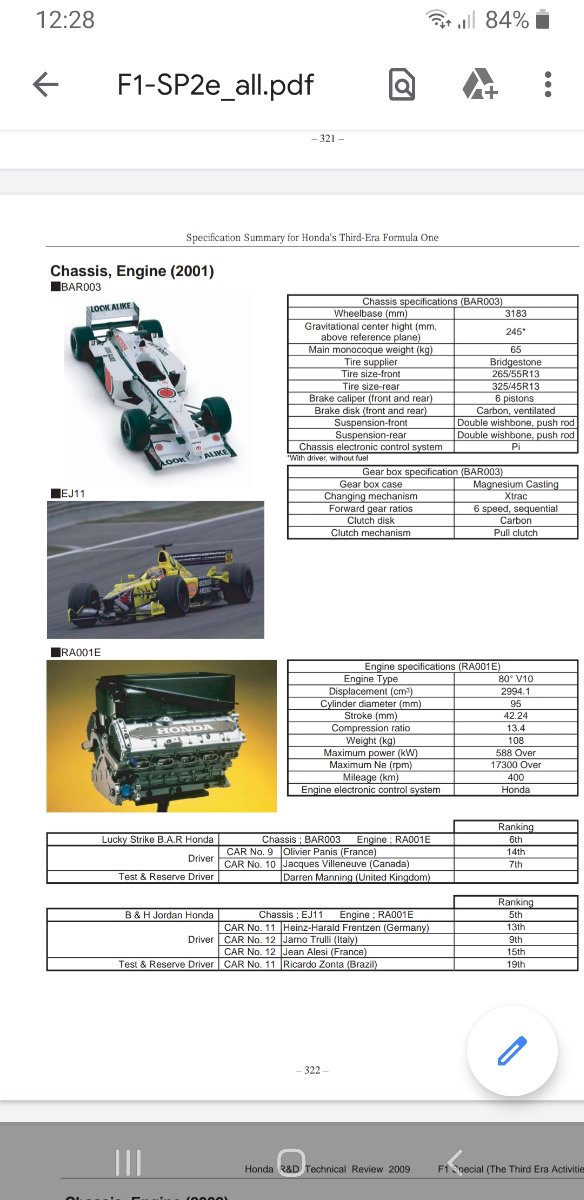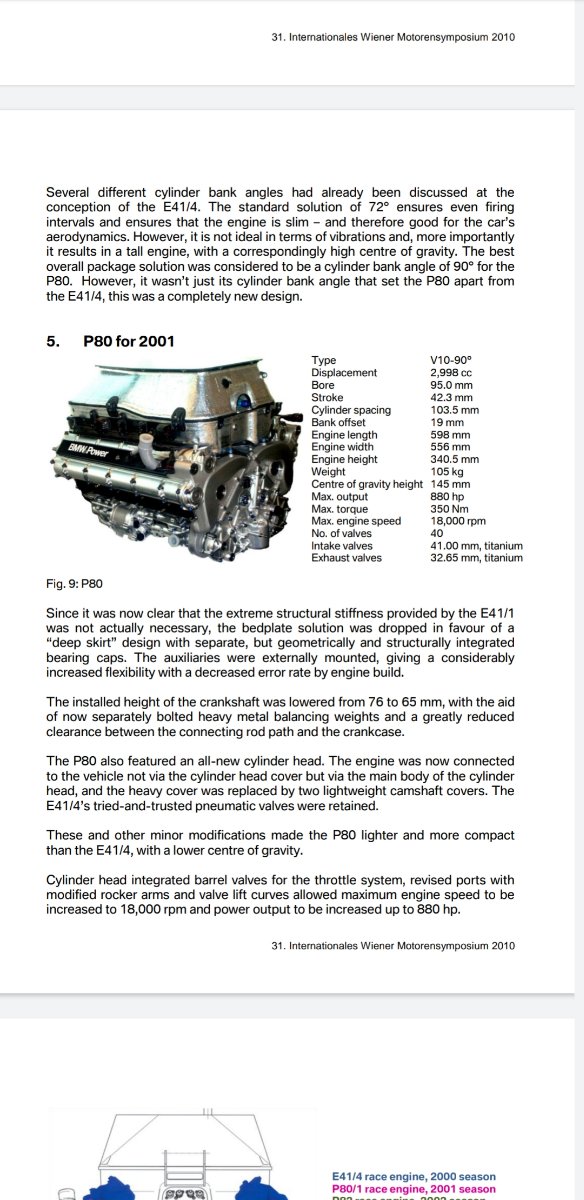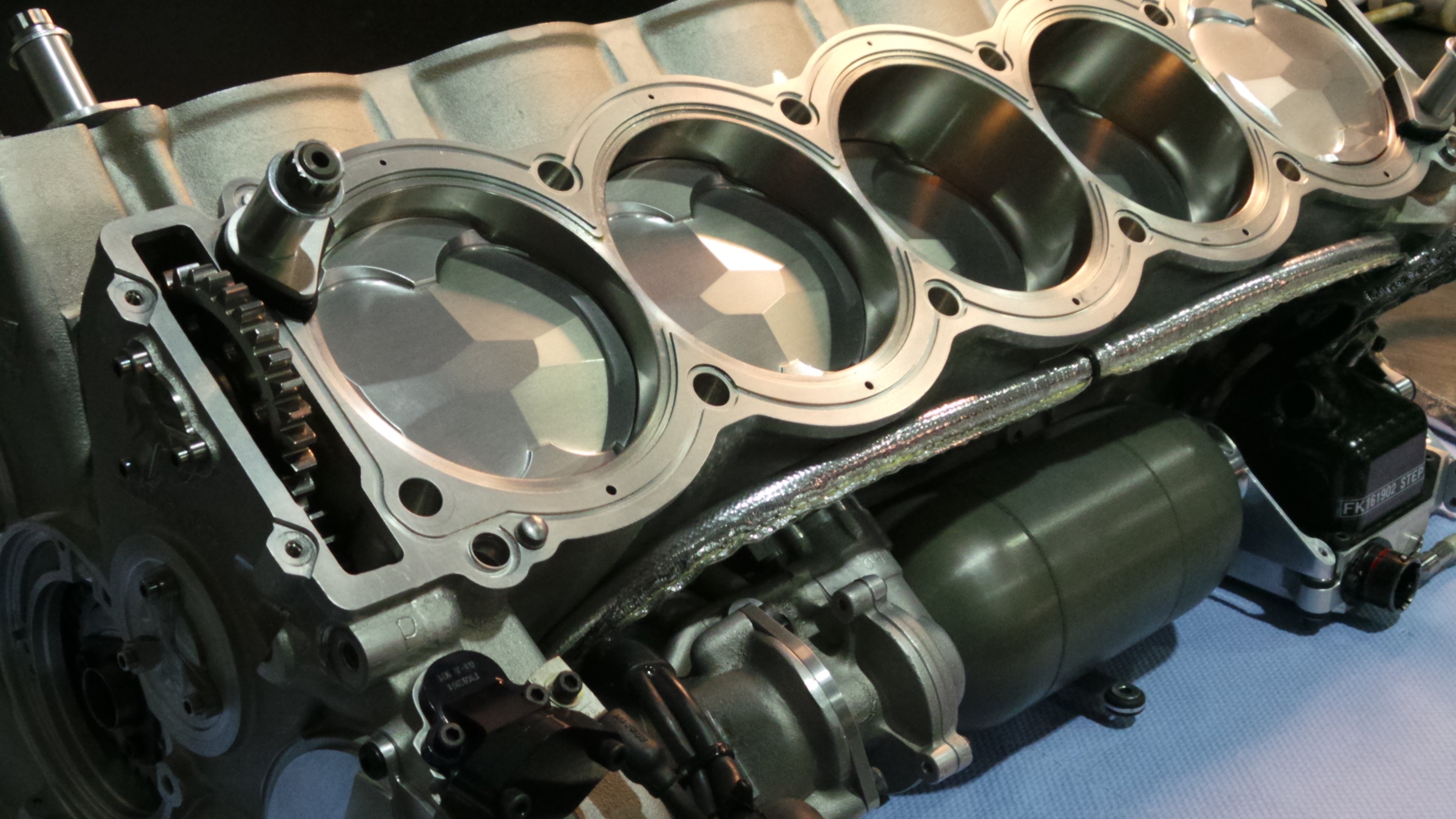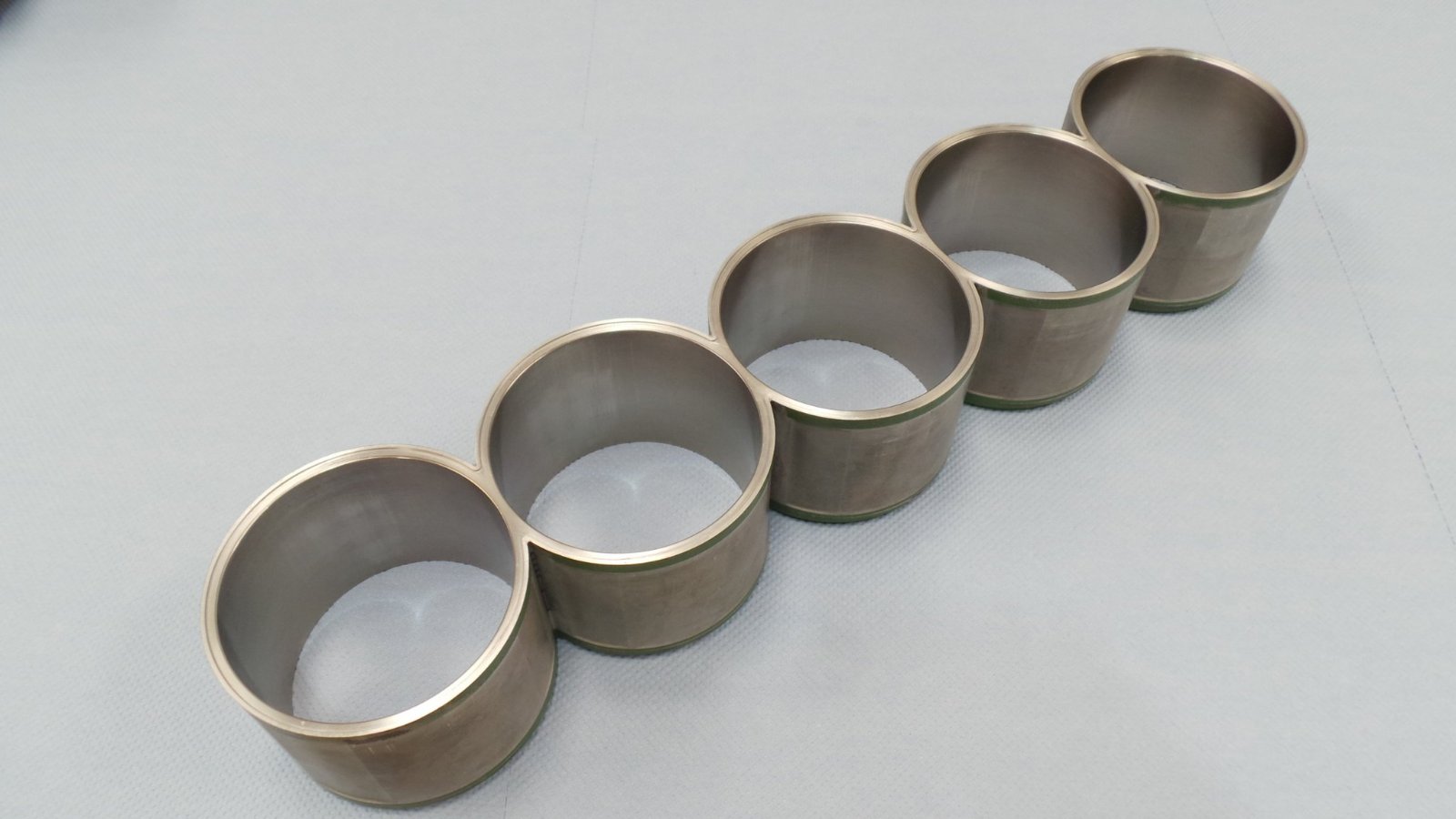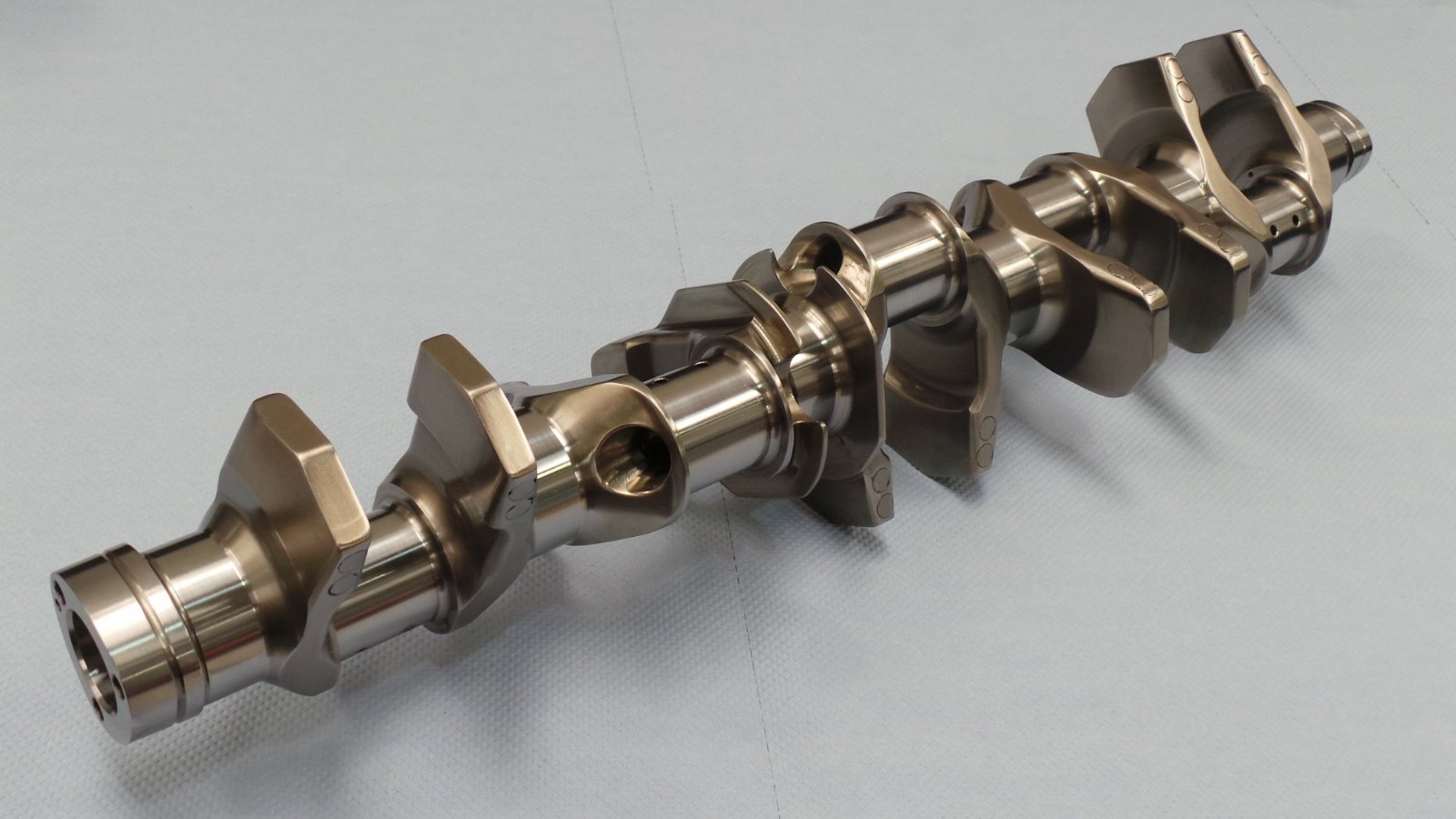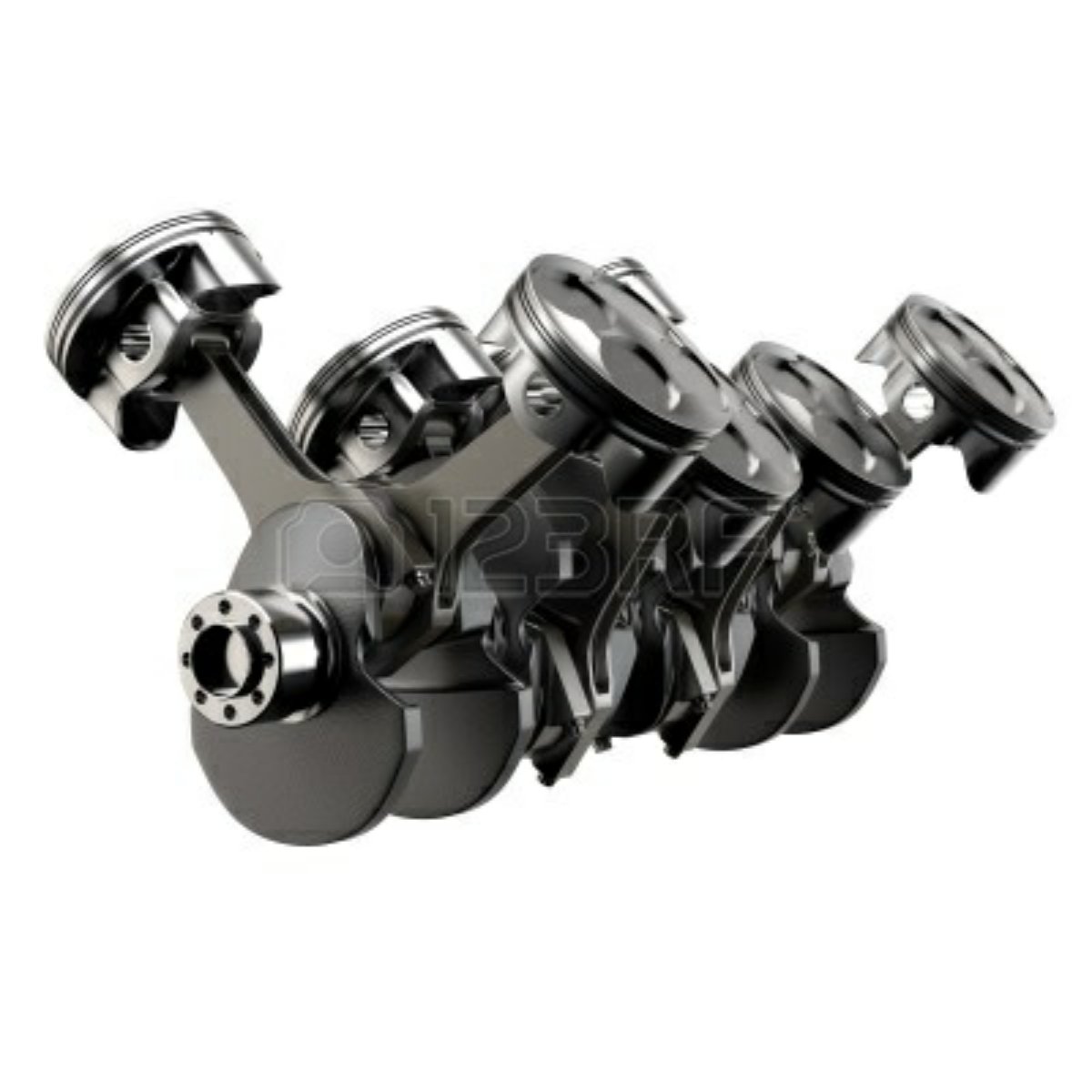Thanks for posting that ACRO, where does that excerpt come from?ACRO wrote: ↑12 Aug 2020, 12:24very good information , thank you much !!!
i think ilmor had some very great ideas , e.g not separate but common liners where two cylinders share one wall thickness ( at least in 2001 ) and the general idea to keep the bore lower than competitors to push midrange torque and reduce ring friction .
thats why i,m stunned to hear the 2001 ilmor had 95mm bore . it was exactly what major engine manufacturers ran in 2001 ( bmw , honda , cosworth ) and 1mm lower than ferrari which appears to had the most extreme b:s ratio in 2001.
i have only one source of a 1998 72deg ilmor with 93.5x43.67 and believed they did not changed it until 2001 with the 72deg design . if 95mm for 2001 is true i was wrong.
Do you happen to have the rest of the document ?

